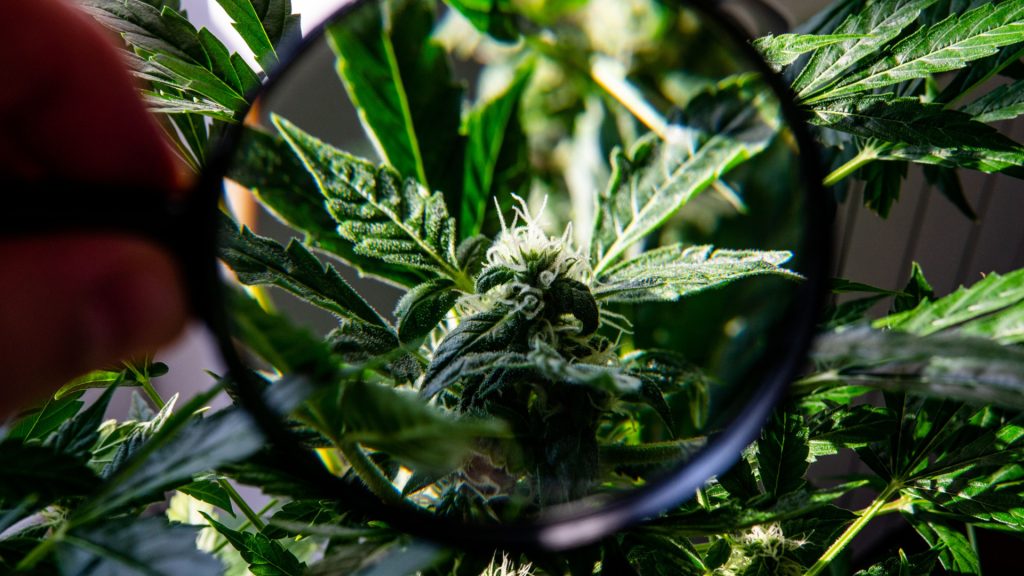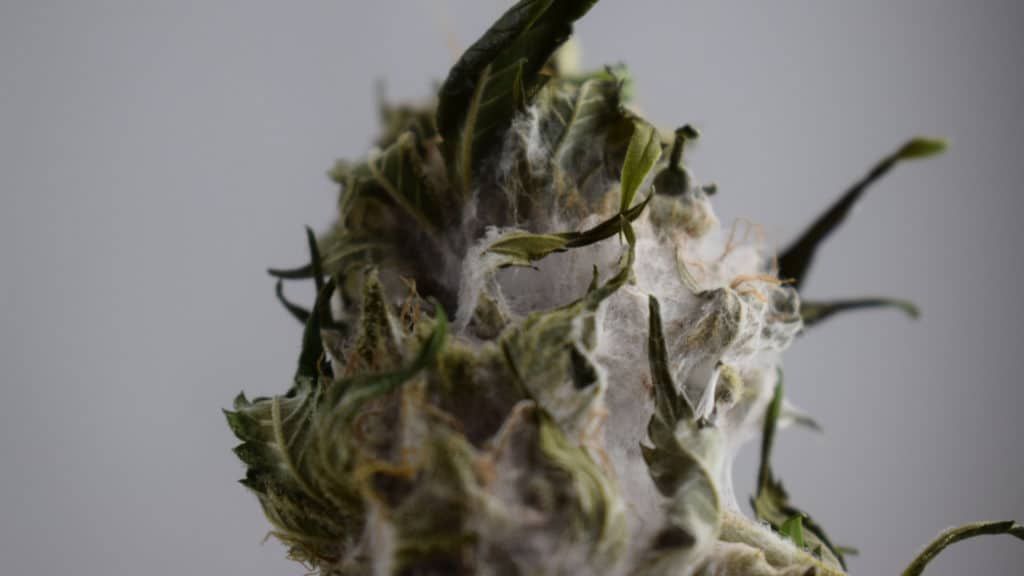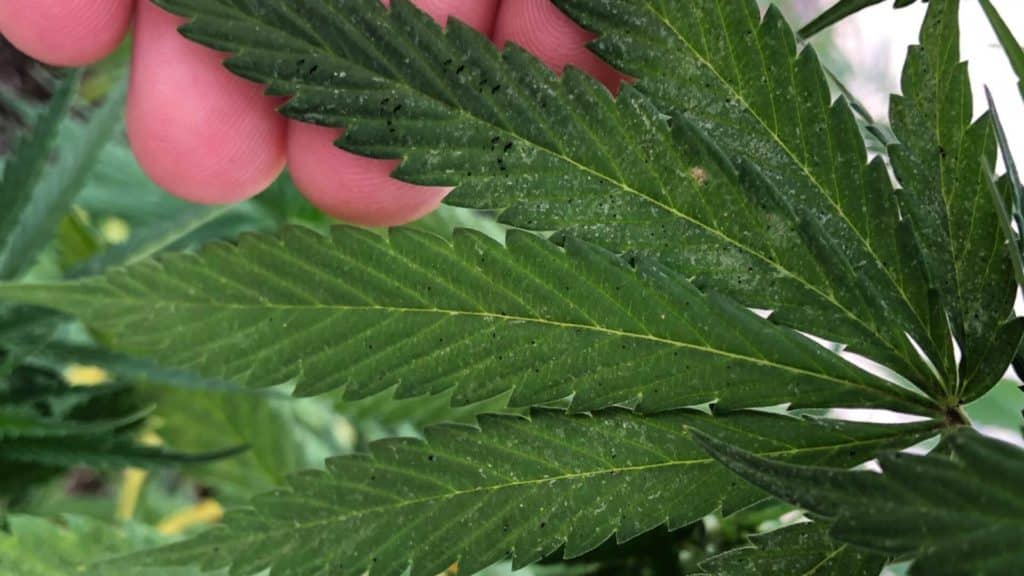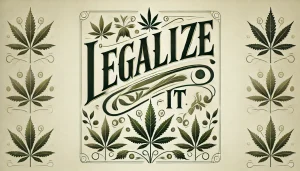How to Spot Moldy Weed

One of a grower’s greatest fears is moldy weed. It can happen to anyone, strike anytime, and quickly destroy an otherwise beautiful harvest. Of course, any cultivator that operates with integrity would never sell moldy weed, but even perfectly dried buds can grow a funky fungus.
How does weed get moldy, and what happens if you smoke it? Read on to learn how to spot moldy weed and best practices to avoid it.
How Does Weed Get Moldy
Mold is a fungus that can grow both sungrown and indoor crops, affecting cannabis harvests in many climates and environments. All that mold needs to thrive is moisture and limited airflow. Mold produces mycelium, which forms airborne spores that are minuscule in size. These spores attach themselves to a damp surface and begin to proliferate and perpetuate the growth cycle. Some types of mold can increase quickly. The most common causes of mold in a grow site are wet environments, lack of proper airflow, high humidity, and improper storage. Mold can grow on a live plant reasonably quickly in a humid climate but can also be spotted on trimmed buds.
What Does Moldy Weed Look Like
If you’ve never considered the possibility of moldy weed before, you may be wondering: what does moldy weed look like? If you are unfamiliar with cannabis, it can be tricky to spot at first. High-quality buds often glisten with trichomes — the shiny crystals on cannabis plants responsible for the strain’s specific aroma. However, mold is not shiny like glitter and can take on a range of looks depending on the type of mold. There are three main types of mold that affect cannabis.
- Powdery mildew: You can identify buds infected with powdery mildew by a grayish-white color, with a powdery texture covering the leaves and flowers of the buds. It almost looks like a dusting of flour on the buds.
- Botrytis (bud rot): Weed with bud rot begins inside the bud and can be gray or brown. When squeezing the buds, they may crumble in your fingertips.

- Sooty mold: This mold looks like soot sprinkled across the leaves of the weed. Small, dark blackish patches will appear on the fan leaves. Although it is fungal, sooty mold is a sign of a serious bug infestation.

How to Tell if Weed Is Moldy
Look for the visual clues mentioned above. Any kind of white powder, black spots, or dark grayish fuzzy chunks is probably mold. In addition to visual cues, there are a few other ways to detect moldy weed if you are uncertain. There is a particular smell that is pretty distinct and easy to identify. Mold smells musty, a little bit like a bale of wet hay. It can also carry an aroma of mildew, like a pile of wet towels that never made it to the wash.
If you are not immediately alerted to the mold by look or by smell, you may be able to spot it by taste.
What Does Moldy Weed Taste Like
Hopefully, you never end up smoking moldy weed, but if you take a hit of something funky that doesn’t resemble a familiar strain, it could be mold. Unlike typical flavors of cannabis, mold has a distinct taste. The best way to avoid moldy weed is to buy clean, organic weed from a trusted dispensary.
What does moldy weed taste like? Well, quite simply, it tastes like mold. For example, the blue veins marbled throughout a wedge of bleu cheese is, in fact, mold. Don’t worry, in this scenario, the mold is safe to consume. That musty flavor is distinct.
Another identifying moldy smell resembles human sweat or urine. This aroma may come out when the bud is burned.
What Happens if You Smoke Moldy Weed
Of course, no one intentionally reaches for a jar of mildew-covered cannabis. Still, you might not see the signs before packing a bowl of rotten bud. So is it safe to smoke moldy weed? Can it kill you?
Mold spores contain poisonous chemicals called mycotoxins. These chemicals, when inhaled, can cause harmful effects to immunocompromised persons. Some types of mycotoxins, like aspergillus, can be fatal. In addition, effects are targeted toward the sinuses and lungs, causing problematic inflammation. Smoking it can cause extreme coughing, wheezing, rhinitis, sneezing, and other pulmonary problems.
If consumed long-term or in significant amounts, smoking moldy weed can cause the lungs to build up scar tissue, leading to pulmonary fibrosis. Knowing this, it’s best to avoid smoking moldy weed at all costs.
Best Practices to Avoid Moldy Weed
Aside from shopping from high-quality retailers, the best way to avoid moldy weed is by using proper storage containers. Airtight, resealable glass jars are the best option. When not in use, store the jars in a cool, dark location where they will not be exposed to temperatures above 77 degrees Fahrenheit.
Despite what you may have heard, there is no need to place jars in the refrigerator or freezer. The added exposure to moisture can encourage mold growth. Keep out of direct sunlight, and opt for a drawer or dark cabinet instead.
Humidity levels are ideal between 59-63%. Any higher, and moisture levels are a breeding ground for all types of mold. If you live in a humid climate, using a humidity pack can help immensely. Add one to your container and change it out every couple of months to keep your herb dry.
If you wish to be extra vigilant about spotting mold, keep a small magnifying glass handy and inspect your weed before smoking.





